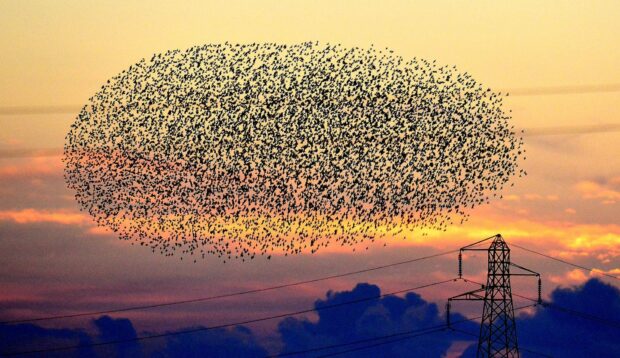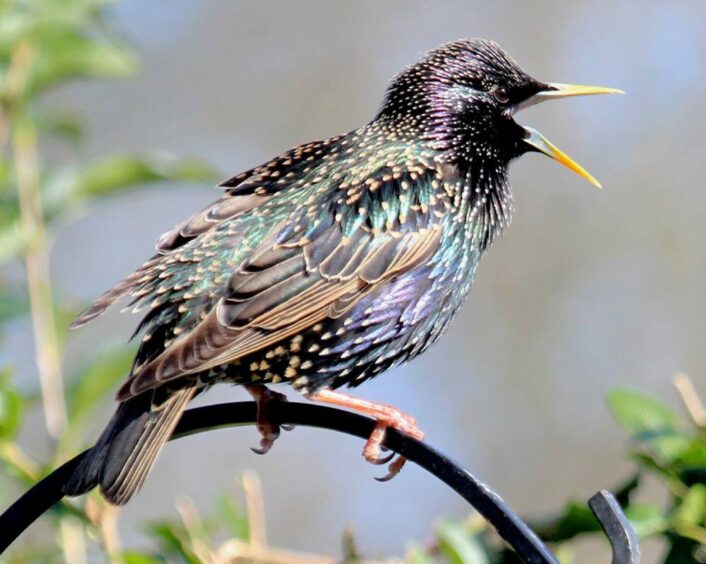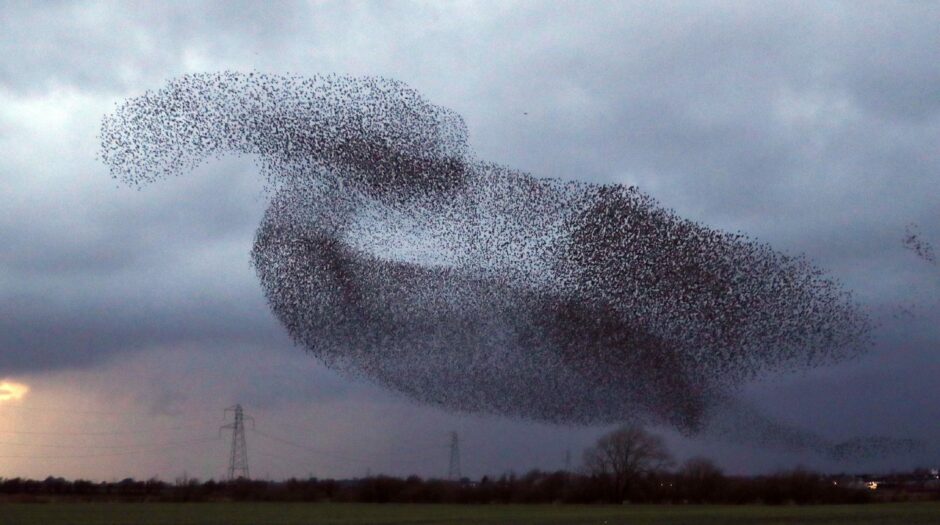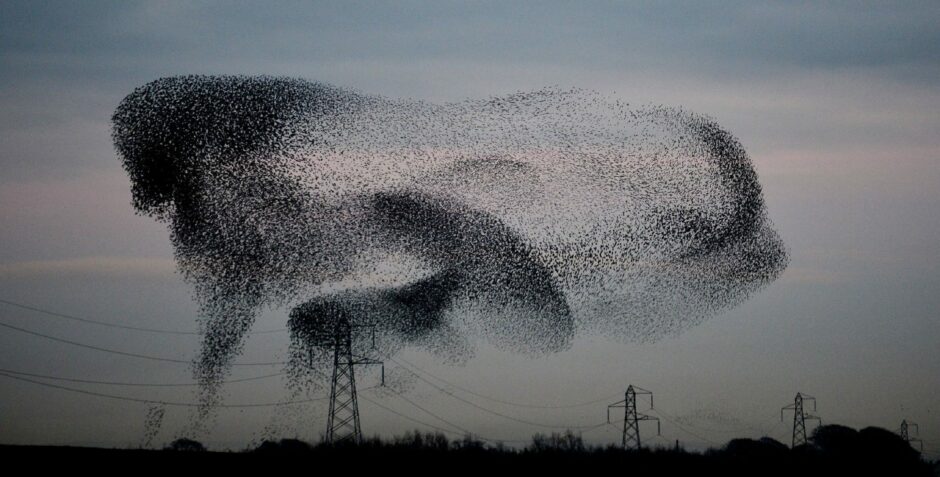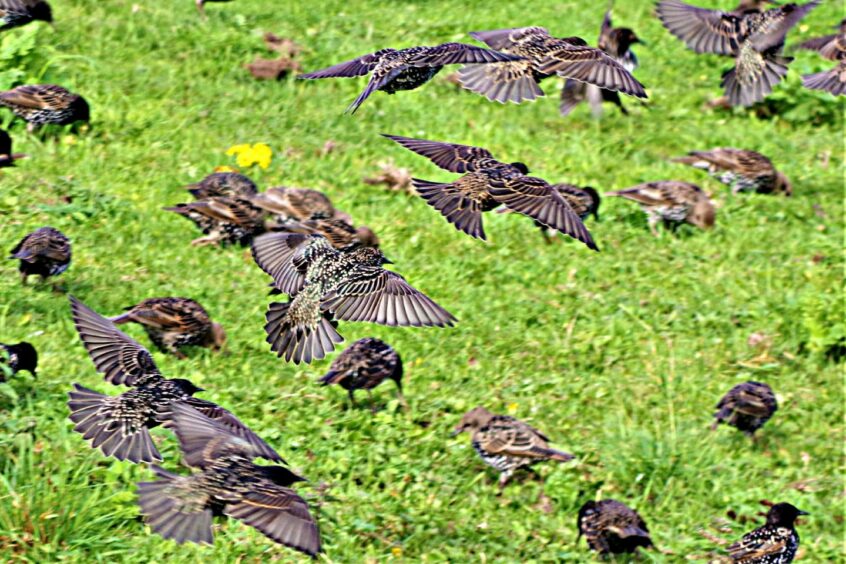Time is running out to see one of Scotland’s most “incredible natural spectacles” — the winter aerial acrobatics of starling flocks.
The synchronised displays of starlings can contain potentially thousands of birds all flying in unison, painting incredible morphing shapes and patterns in the sky.
However, the peak period for seeing such displays, which are called murmurations, is swiftly coming to a close.
The best time of year to see the displays is between December and January, with the behaviour petering out in February.
Here’s how you can see a starling show for yourself before the birds cease their regular displays until they start once again in October.
What time of day is best to see a starling murmuration?
The best time to go and see a starling murmuration is in the early evening throughout autumn and winter, according to the RSPB.
The tiny birds join together in enormous flocks in the sky, swooping around usually at around sunset periods.
You can find out precisely when the sun is due to set in your particular location here.
After they’ve finished, they roost.
However, if you’re looking for a guaranteed display, you may be disappointed as the birds may not always murmurate.
Your best bet is to arrive at a location you think starlings could be well ahead of sunset to give yourself plenty of time to sit back and watch the show.
Where is best to see them?
Starlings can choose to roost anywhere, but the RSPB says they tend to prefer staying in places that are sheltered from harsh weather and predators.
Some areas they roost and are therefore good locations to see a murmuration include woodlands, reedbeds, cliffs, buildings, and industrial structures.
RSPB Scotland says its Mersehead nature reserve in Dumfries and Galloway is one of the best places in the country to spot a murmuration.
But if you’re looking for roosting sites closer to home, the Starlings In The UK website has maps of where people have reported roosting sites.
Why do starlings put on these murmuration displays?
There are a number of reasons starlings take part in murmurations.
One hypothesis is that by grouping up together in such enormous flocks and flying in such a hypnotising manner, this can protect from predators, who may find it more difficult to single out individual birds in such confusing, overwhelming displays.
Another is that in chilly winters, thousands of starlings getting together can help to keep them warm, and they can also be used to exchange information.
Spectacular displays mask ‘worrying declines’
Although murmurations can contain thousands and thousands of birds, starling populations are in a lot of trouble in the UK.
They have a red UK conservation status according to the RSPB, and numbers are dropping across the country.
A spokesman for the RSPB said: “Starlings are one of our most common garden birds, being the second most counted bird in Scotland during last year’s Big Garden Birdwatch.
“However, they are facing worrying declines with the UK population having declined by around 80% since the Birdwatch began in 1979.
“This is due to a whole host of reasons including harmful farm chemicals, a decline in nesting sites, and loss of habitat all across the UK.”
You may also like:
- How you can help protect Deeside’s vital capercaillie population
- The bird-rescuing Countess of the Highlands
